Coffee is most people’s first thought right after waking up.
Nothing beats how a creamy, rich coffee makes you feel while starting your day! You can froth milk for a variety of coffee recipes to enhance the taste.
Let’s say you’ve decided to froth milk for your coffee today. Are you debating whether to froth your milk cold or hot? Not to worry, we are here to help you!
Contents
Froth Milk Hot or Cold?
The answer depends on the recipe you’re using. Ideally, hot milk is best for hot beverages, and cold milk is best for cold ones. They also vary when it comes to sweetness, foam, bubbles, and creaminess.
Whether you use hot or, cold milk depends on the beverage you’re making. Before deciding on frothing hot or cold milk, there are many aspects to consider. To save you the headache, we’ve done the research for you! Continue reading our post ‘frothing cold milk vs hot milk‘ to find out which one suits your purpose the best.
Frothing Milk Cold vs Hot: A Quick Look!
As we’ve seen above, you can use hot and cold milk to froth.
There’s no denying that using hot milk for frothing can sometimes be more beneficial. But cold milk does the job too.
In fact, cold milk is the preferred option for cold drinks like the iced latte and cold coffee.
Before diving into a detailed comparison between hot and cold milk, we’ve given you a summary of their features. Our table will give you a quick comparison before digging deeper!
| Features | Hot Milk | Cold Milk |
| For Hot Beverages | Perfect | It can be used, but not perfect |
| For Cold Iced Beverages | Not good so much | Perfect |
| Creaminess | Creamier | Average creamy |
| Stability of Foam | More time | Less time |
| Sweetness | More | Average |
| Number of Bubbles | More | Less |
Now that we’ve briefed you on the differences between cold and hot milk, it’s time for an in-depth comparison.
Froth Milk Hot vs Cold: In-depth Comparison
We all want to choose the suitable temperature milk that gives us the best results while making beverages.
As mentioned, the benefits of frothing hot milk are significantly more than cold milk. Are you wondering what benefits these are?
Continue reading to find out!
Let’s get into it!
How is Frothing Hot Milk Better than Cold Milk?
It is interesting how the temperature of milk can give you better results. When milk is hot, there are specific ways it could contribute to frothing. Here’s how:
For Hot Drinks
It is not wrong to use either hot or cold milk for hot beverages. Both cold and hot milk works well in hot drinks. However, one could be slightly better than the other!
You can use cold milk for hot beverages, but the results will be average. Cold milk doesn’t froth as well in hot drinks, which may compromise the taste.
On the other hand, hot milk is ideal for hot beverages.
Frothing hot milk dramatically enhances the taste of your drink. It tastes sweeter and has a richer taste.
There are kitchen tools available on the market called hot froth makers. These will help you efficiently froth hot milk!
Cream
The fat from the milk constitutes the cream. This fat contributes to the milk’s creaminess and richness.
It gives the milk a smooth, velvety feel and taste, which is, of course, more enjoyable. The thickness of the milk adds to its richness; nobody wants watery milk, do they?
As the milk’s temperature goes higher, so does the fat content—the more content of fat, the creamier the milk.
Naturally, hot milk tastes creamier than cold milk. The fat content in cold milk isn’t as much.
Frothing cold milk will not help you achieve the same level of creaminess.
How do you know whether your milk is hot enough to froth perfectly? You can know so by using frothing thermometers.
Employing frothing thermometers gives you a precise reading that will give you a creamy, frothy result.
We’ve got you if you want some help picking a frothing thermometer. Check out our top recommendations for frothing thermometers!
| Product | Price |
| KT THERMO Instant Read 2-Inch Dial Thermometer | Buy on Amazon |
| Norpro 5981 Espresso Thermometer | Buy on Amazon |
| CDN IRB220-F ProAccurate Insta-Read Beverage and Frothing Thermometer | Buy on Amazon |
Bubbles
Everyone loves bubbles! The number of bubbles in the froth also makes a lot of difference.
They look more aesthetically pleasing, which makes them look yummier! The bubbles of the foam may add to the creaminess as well.
More bubbles are produced when you froth hot milk. When more bubbles are formed, the milk has a creamier texture.
When you froth cold milk, you can see a significant difference in the number of bubbles.
So, for a creamier, bubblier experience, choose frothing hot milk!
Taste
Milk has a sweet taste as it contains lactose.
Milk generally contains 5% lactose; it is one of the primary components, along with components like fat and protein.
Lactose is a carbohydrate or sugar that breaks at higher temperatures. This means the higher the temperature, the sweeter the taste!
By this logic, hot milk is naturally sweeter than cold milk.
On the other hand, carbohydrates in cold milk do not break down the same way. This doesn’t allow it to become as sweet as cold hot milk.
So, if you want that extra sweetness in your beverage, please consider frothing hot milk.
Protein Content
How does protein content affect frothing? Protein provides surface stability and contributes to the frothing of milk.
Milk generally has a 3.3 percent protein content, making protein one of its more significant components.
As we said, protein plays a role in stabilizing the froth in your drink. This helps the foam last longer instead of disappearing soon.
As the temperature of the milk increases, there is a boost in the protein content as well. So, hot milk has more protein that contributes to foam stability. As cold milk is at a lower temperature, it naturally has less foam stability.
The foam’s stability is also crucial, as the froth needs to last. It is not fun to froth milk and see it vanish right away.
So, if you want longer-lasting foam in your beverage, hot milk is the way to go!
Can Frothing Cold Milk Be Better?
We’ve seen how hot milk can be great for frothing, but what about cold milk?
Cold milk can be the better option in certain situations as well. For example, to make cold beverages, frothing cold milk is ideal.
Cold beverages are widely enjoyed these days; most hot drinks have their cold counterparts!
So, if you’re looking to drink some delicious, foamy cold lattes or iced coffee, cold milk is best.
Why doesn’t hot milk work with cold beverages?
The foam from frothing hot milk doesn’t last too long. It vanishes shortly after it is formed. The temperature difference can lead to an unsatisfactory result.
Frothing cold milk may not produce as many bubbles and takes longer than frothing hot milk.
Despite this slight disadvantage, cold milk is still the best choice for making cold drinks.
There are many cold milk frothers that can make your job easier while making cold beverages.
Forth Milk Hot or Cold: Which One Wins?
Now, to the verdict! Cold milk vs hot milk: which one to choose?
The answer to this depends on the kind of beverage you’re making. We saw that hot milk has significant benefits over cold milk.
However, it all depends on whether you’re preparing a cold or hot beverage.
Hot milk is the best option for piping hot beverages like hot coffee, hot chocolate, and more. Hot milk is the better choice in various aspects except for cold beverages.
For cold beverages, it is best to stick to cold milk. Frothing hot milk in cold beverages makes the foam vanishes right after it forms.
So, you will most likely get more satisfactory results by using cold milk in cold drinks.
All in all, hot milk takes the cake in multiple factors, including sweetness, creaminess, and number of bubbles.
Cold milk isn’t as sweet and creamy and doesn’t produce as many bubbles. It also takes a longer time to froth cold milk.
The temperature of the milk is a vital aspect while frothing. While using hot milk, it is best to keep it at a temperature of 120 degrees to 140 degrees.
You now know everything you must know about frothing hot and cold milk.
You can choose between hot and cold milk depending on what you’re making and your requirements.
Frequently Asked Questions (FAQs)
Is it okay to use cold foam in Beverages?
Yes, it is okay to use cold foam in your beverages. It is ideal for light, foamy drinks that are non-fat. You can conveniently pour cold foam into a cold brew.
It is not uncommon to use cold foam in hot drinks as well. But it, of course, doesn’t stay cold for too long!
How much time does it take for milk to froth?
The answer to this depends on the consistency you’re looking for. For a frothier consistency, it takes a little longer to froth milk.
You can froth for about 20 to 45 seconds. Moving the frother up and down throughout the drink is excellent for uniform frothing and rich consistency.
It helps to add some milk to hold the foam together in your beverage.
Is a milk frother useful?
Yes, a milk frother comes in handy while frothing milk. You can use a milk frother for a variety of beverages.
It makes the frothing process more straightforward and saves you significant time. Additionally, the results that a frother gives you are superior to other methods.
Wrapping Up
Finally, to the end of the post! If you were contemplating on whether to froth hot or cold milk, we are most certain you now know. I
t is pretty simple; hot beverages work well with hot foam and cold beverages with cold. You can achieve the best results by doing so.
We’ve another tip for you: If you want froth hot milk, we advise you to use unpasteurized milk. It is better for frothing and also offers more stability to the foam.
Thanks for reading. Enjoy your frothy cup of coffee!
![Froth Milk Hot or Cold? [Which One Is Better]](https://kitchenbarrels.com/wp-content/uploads/2022/12/froth-milk-hot-or-cold.jpg)


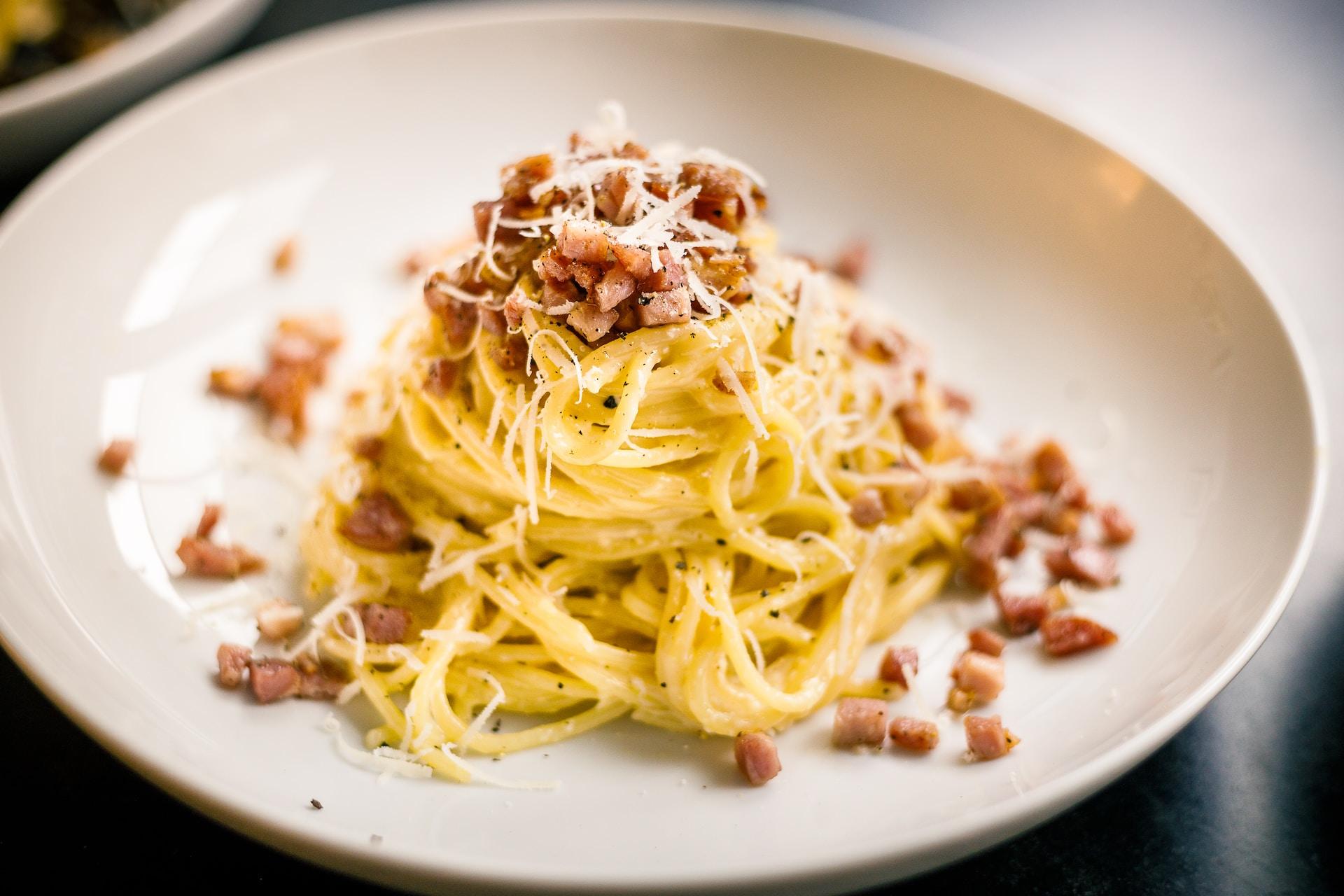
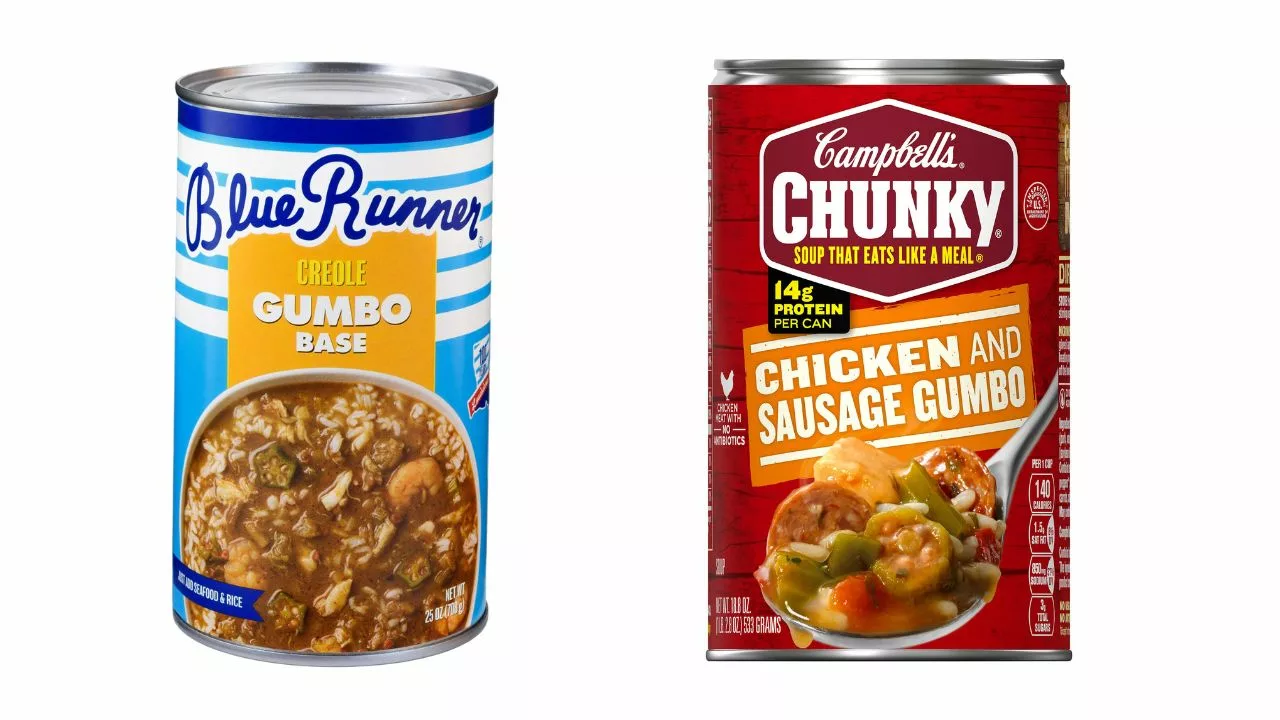
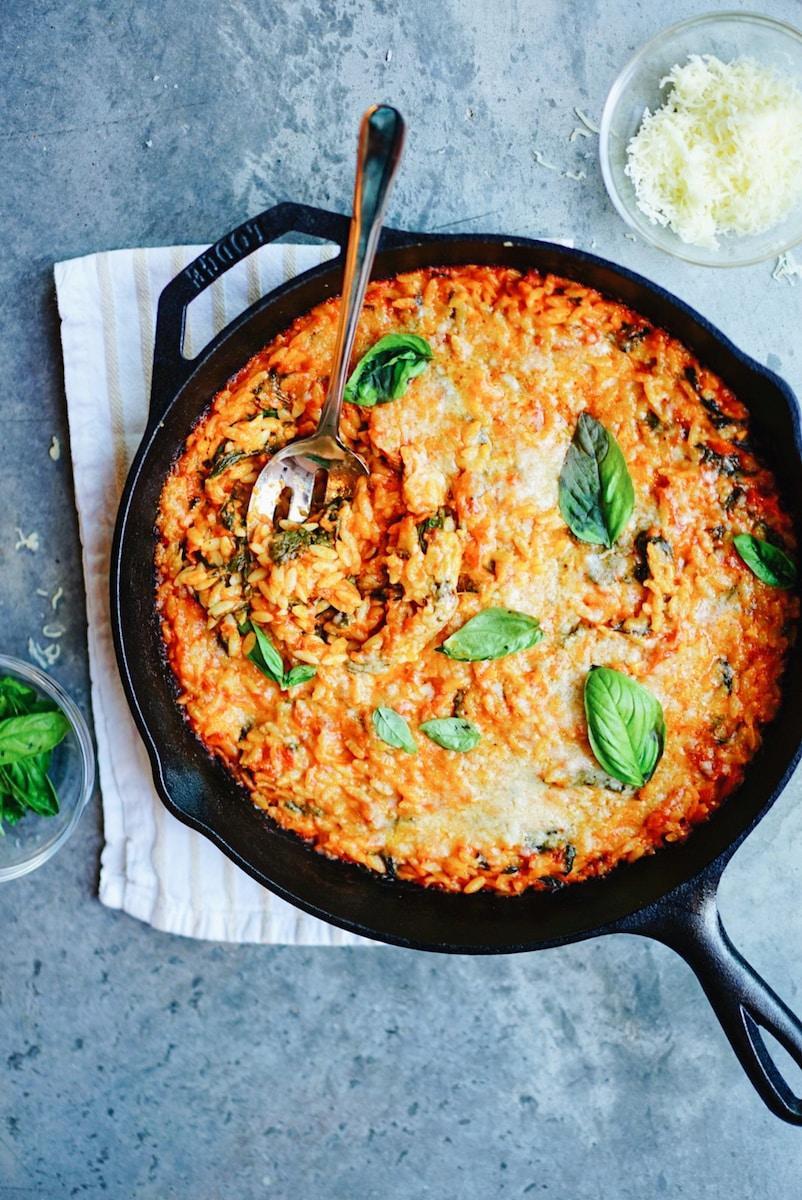
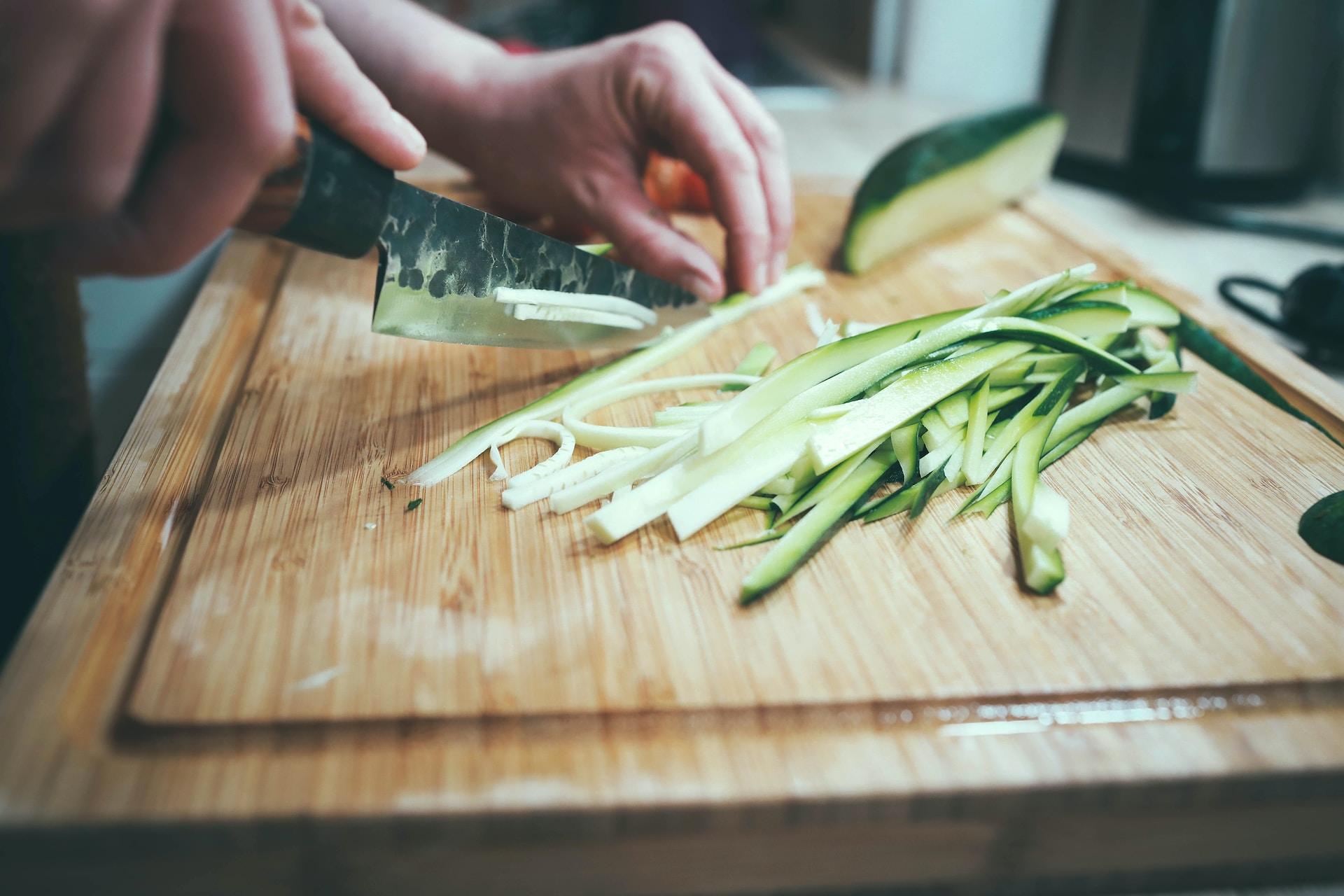
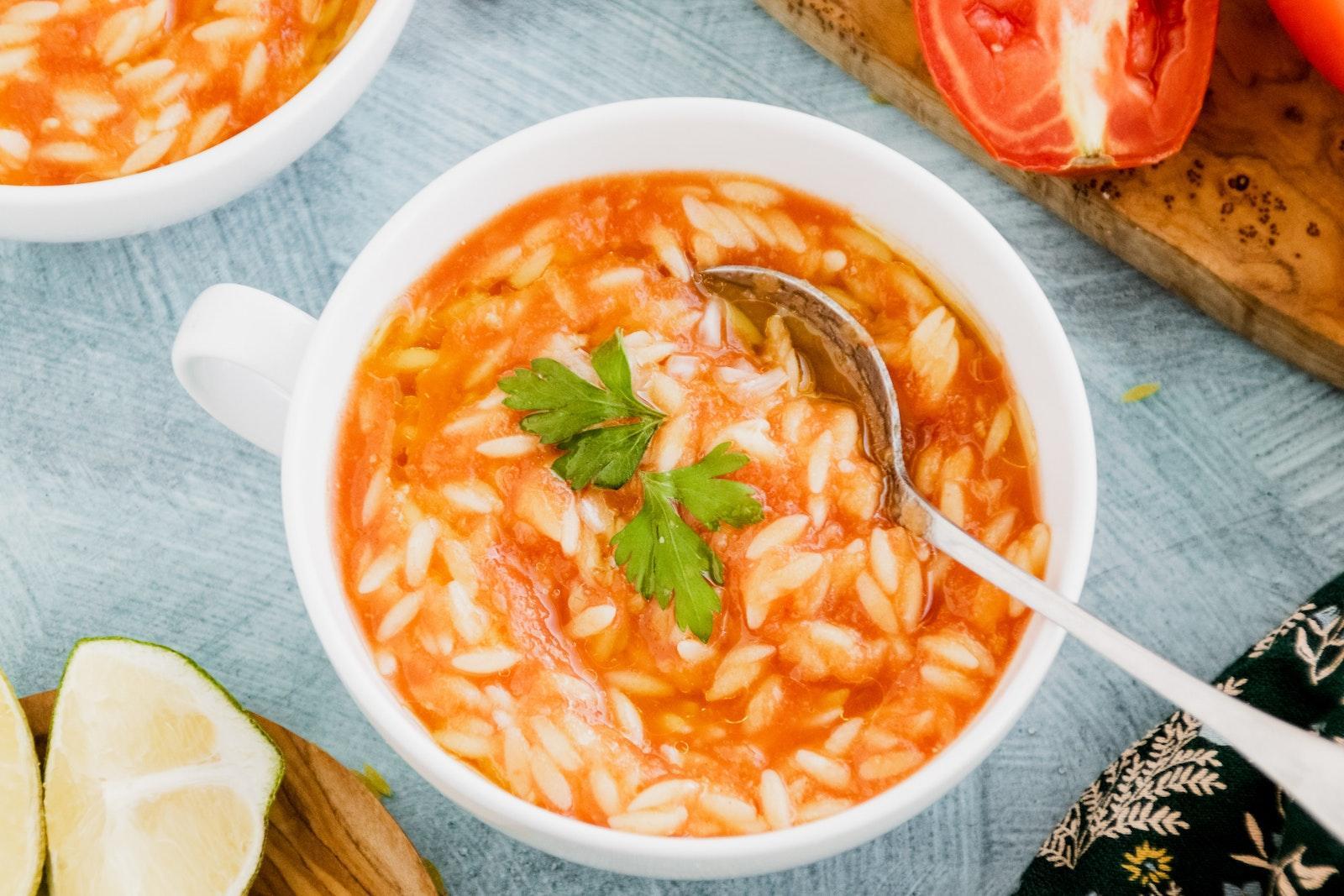
![Do You Have to Water Bath Pickles? [Stepwise Guide!]](https://kitchenbarrels.com/wp-content/uploads/2023/01/Do-You-Water-Bath-Pickles.jpg)
